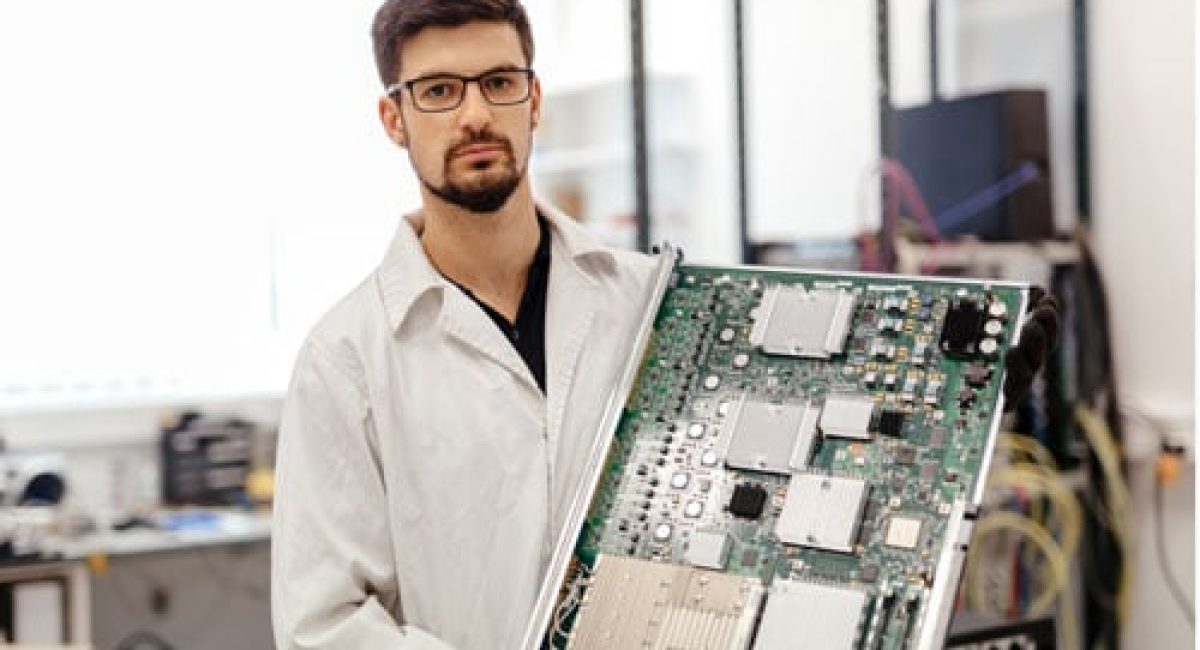Technological progress drives logistics progress. Advances in sensor technology have brought us an incredible development in software: safer, more robust and capable of deploying all the potential necessary for the management of smart cities.
In this new paradigm sending data to a centralized external location is no longer necessary. The new sensors not only acquire data in an intelligent system, they are also capable of processing data autonomously, and making and communicating control decisions to other equipment in the factory, or to other management points, directly from the Edge.
Smart sensors carry out processes and storage in Edge, managing to run applications locally and at high speeds. The maintenance, and above all, the configuration of the production systems that take advantage of these sensors, today is still a challenge, but it is a challenge that we face thanks to the innovations in software. When all devices on the network are handled uniformly in Edge Computing, a fully automated and controlled process is achieved thanks to its embedded software.
The applications are implemented with codes that allow the execution in a safe way and with minimal interaction between the coordination elements, avoiding high loads on centralized servers.
Hardware on Edge systems
The perfect interaction between the different intelligent sensors and the Edge Computing is achieved with the balance between the independent action of these and the communication in a cooperative way. All the elements finally become part of the same network at the same time, based on a distributed network architecture, a network that facilitates scalability and allows process engineers to develop measurement and control solutions in each production phase.
Security from sensors and Edge Computing
The biggest problem currently posed is the uncontrolled distribution of protected information through networked devices. Users are aware of the risk and this leads to concerns about the expansion of their private data.
The solution to the security problem requires the implementation of intelligent sensors that minimize risks. In the Edge Computing system, it is satisfied by encryption settings and security protocols in the exchange of data stored in the cloud. Likewise, these requirements have been met by creating user profiles, being able to access as profiles of technicians or administrators; and firmware, which are factory-programmed firmware that monitor and correct security bugs.
Through the combined use of intelligent sensors and Edge Computing, response time and latency will be reduced to milliseconds, optimizing network bandwidth and obtaining better results in less time.


